The top 10 heritage plants that your garden is missing

Since 2016, Plant Heritage, the national plant conservation charity, has published an annual list of “Missing Genera”, exhorting gardeners to create collections of plant groups that are at risk of being lost from our gardens forever.
Genera disappear from our seed catalogues and nurseries all the time. Gardening trends and climate change, pests and diseases, and a lack of general and specialist gardening knowledge are all contributors.
As Vicki Cooke, conservation manager for Plant Heritage, explains, the problem is that once a plant has gone, all its associated cultural history (links with people and places, events and traditions, poetry, stories, songs, art and architecture) and all its breeding or gene pool have gone, too.
Dr Tim Upson, chairman of Plant Heritage's Conservation Committee, is determined that more of us can help save this heritage. “Yes, we need to ensure that collectors are able to do the job required and that each collection is established before it’s accredited, but we also need to remove the idea that a wide range of people can’t become holders of a National Plant Collection.
“By breaking down the definitions of what makes a collection, to include more regional associations, for instance, or cultivars bred by specific breeders, we can make NPCs more robust and suitable for a more inclusive range of people.”
Which is why this year’s list includes familiar names such as oriental poppies, aubrieta, daphne and berberis, genera that can be collected and cared for on a smaller scale and in domestic gardens.
To find out more about what is involved, I spoke to some of Plant Heritage’s experts, including its newest accredited NPC holders, Brian and Kathy Pike, and took a closer look at this year’s missing genera.
New collection holders

Brian and Kathy Pike have been growing eryngiums, or sea hollies, in their North Yorkshire garden for several years, but until recently, they had no idea their personal passion for these unusual garden plants might be of value to anyone else.
“I’ve been interested in botany since I was a child,” says Brian, who thought the first eryngium he saw looked like something from Doctor Who.
“We have no horticultural qualifications, nor a large garden or team of gardeners,” says Kathy. “We never thought ourselves worthy of having a National Plant Collection.” A chance visit to Dianne Nichol-Brown’s NPC of Polemoniaceae, however, changed their minds. “Her garden was a typical domestic garden like ours and she told us ‘Just apply and see what happens’.”
Brian continues: “We were certain Plant Heritage would already have a collection of eryngiums – but apparently not.”
The accreditation process varies for each collection and for the Pikes, their formal listing was confirmed in June this year. “Through our local co-ordinator and using Persephone, the charity’s online database for recording our collection, we’ve learnt how to label our plants properly and to have a much more robust data recording system, and we’ve also begun to challenge existing research based on our own findings.
“We record every aspect of what we’re growing and, because you need an heir and a spare, we’re propagating all the time. We’ve begun experimenting, and give talks and viewings, and we’ve also made future plans for the collection in our wills.”
Brian continues: “Being an NPC holder has given us confidence to contact large botanical collections that might not have taken us seriously before. We’ve also found an astonishing lack of knowledge about the genus, and misidentification and incorrect growing advice are very common, but we’re hoping to change all that.”
“We’ve become plant detectives as well as plant collectors,” says Kathy, “and it’s made having and developing the collection so much more interesting.”
The institution

The need for space and complex maintenance mean that national collections of trees are often the domains of specialist nurseries and large estates and institutions such as botanic gardens, arboretums and civic parks.
The Yorkshire Arboretum at Castle Howard has been the accredited holder of fir (Abies) and spruce (Picea) since 2015. As well as maintaining and extending the collection and opening it up to the public, planning for its future care is a matter that its director, John Grimshaw, believes institutions such as the arboretum are ideally placed to manage. “We have a stable, long-term approach to continuity and a cohesive approach,” he says.
“Instead of plant hunting ourselves, we join expeditions organised by partners such as Bedgebury National Pinetum, Westonbirt Arboretum and Kew, we propagate using vegetative material taken from the parent stock, and act as a back-up for partners by housing spare root stock.”
Resources can be greater within an institution, too, invaluable when dealing with urgent issues such as pests and diseases, says Grimshaw. “We’re building Britain’s first Tree Health Centre here. As well as researching and helping to protect our own collections, the experts will teach professionals and the public about the importance and practicalities of paying vigorous attention to tree health and biodiversity.”
The local coordinator
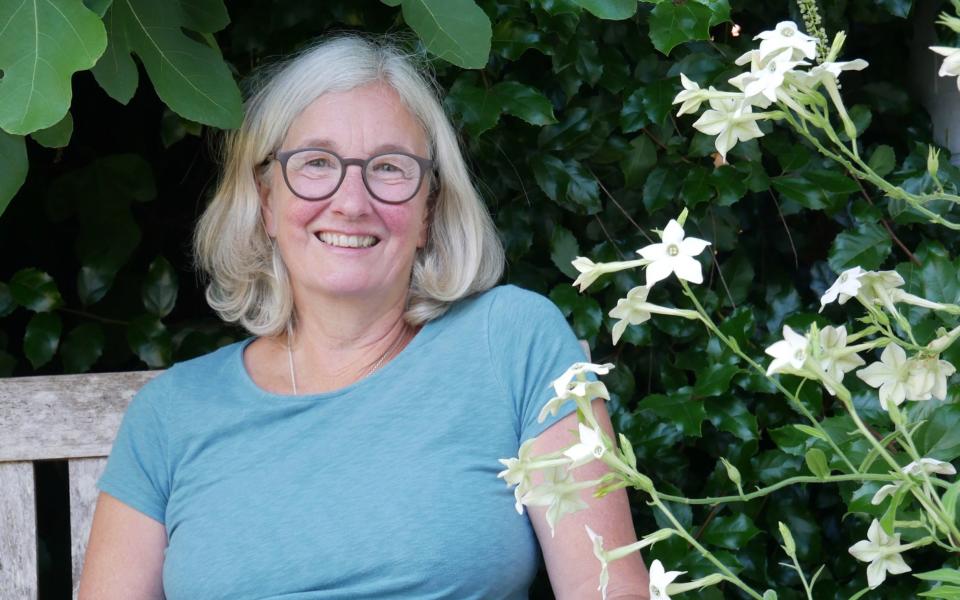
Alongside her day job as a freelance professional horticulturalist, Rosie Yeomans is Plant Heritage’s point of local contact in Hampshire, a source of expertise and advice for the 29 holders of 54 National Plant Collections. She is also a member of the charity’s Plant Conservation Committee, helping to decide when a National Plant Collection accreditation is awarded and to whom.
“It’s a large portfolio, but this network of people, all experts in their fields, have become friends,” she says. Now helped by four other professional horticulturalists, Yeomans also deals with unusual requests, such as how to pass on or disperse an existing collection when the holder is no longer able to care for it themselves.
It is a critical job that requires as much care and planning as setting up a new collection but Yeomans and fellow co-ordinators across the country work with holders to plan for succession.
“We get expressions of interest through the grapevine and we talk to people with sites that might be suitable … one of my NPC holders has already instigated a propagation team to help her disperse her collection of Clematis montana when she can no longer look after it.”
Plant Heritage’s missing genera for 2020 are seeking suitable gardeners. If you have a passion for gardening and history, data and conservation, one of these genera might be a perfect match for you.
Would like to meet…
Arisaema would like to meet…
owners of shady urban gardens
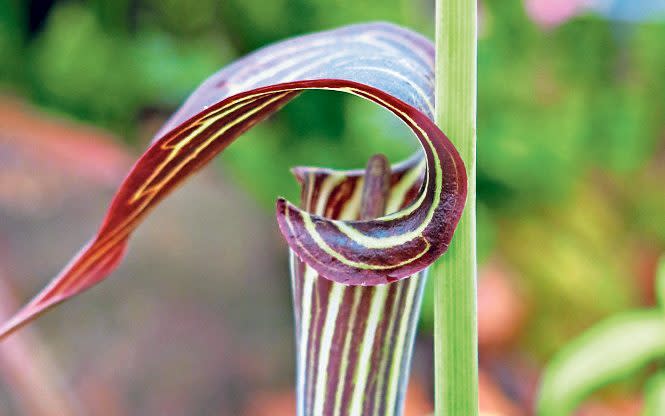
Columnar plants that reach a height of around 1m, arisaema are aptly known as snake lilies and love to lurk in shady areas. Children will be fascinated by their sci-fi looks, but beware, the plants irritate the skin and are harmful if eaten.
Aubrieta wltm…
owners of rockeries, well-drained, sunny front gardens or sloping sites

Loved by butterflies and easily propagated, these ground-hugging alpine plants were a staple of 1970s plant catalogues – time to stage a comeback.
Berberis wltm…
owners of wildlife-friendly gardens
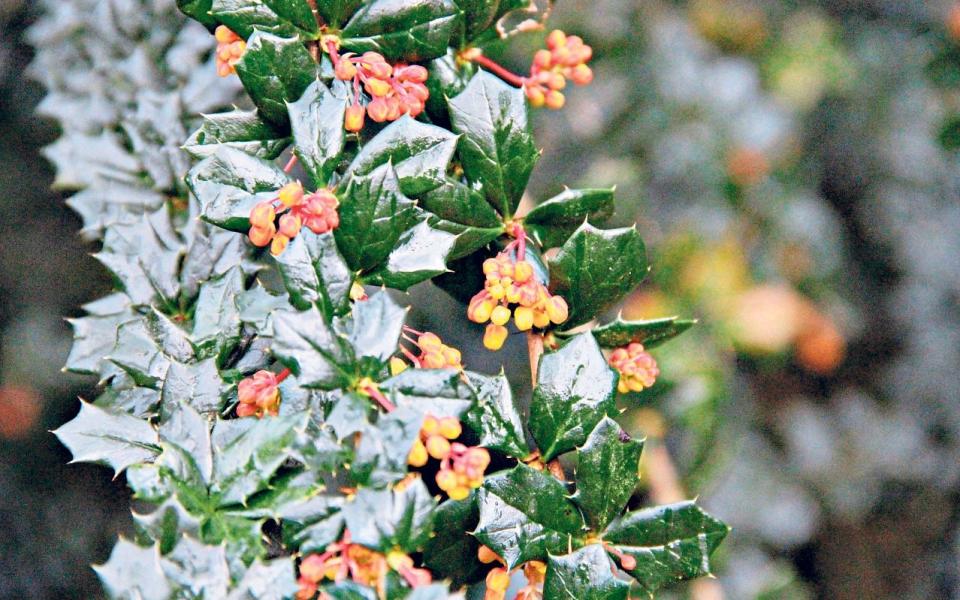
With berries for birds, nectar-rich flowers for pollinating insects and foliage that can turn to shades of ruby red and burning orange, berberis looks especially fabulous along paths and filling hotspots in borders; the stems bristle with thorns, making it ideal for boundaries.
Daphne wltm…
owners of wooded glades and winter gardens
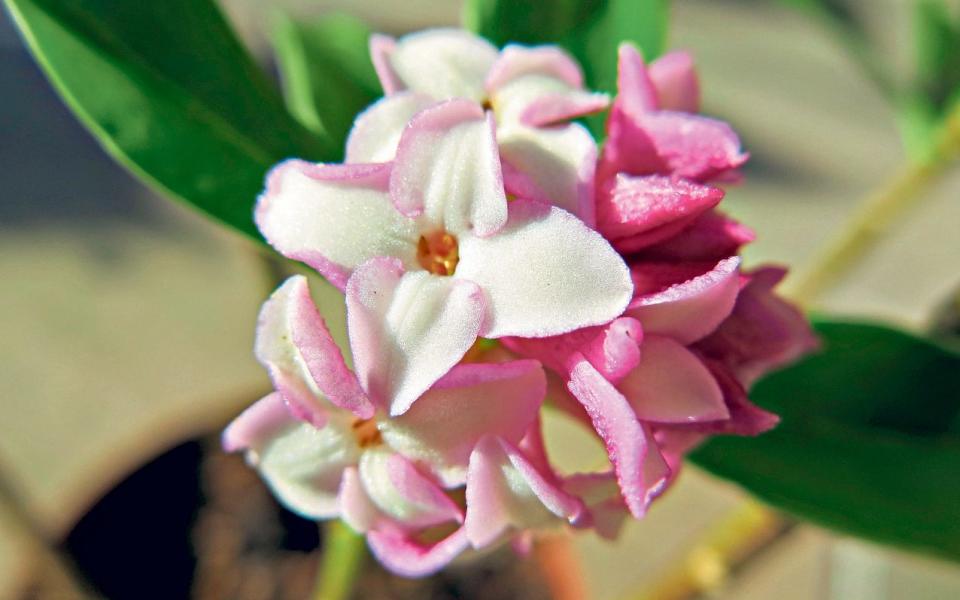
Featuring lustrous leaves and powerfully scented flowers, this slow-growing shrub is perfect for pots and borders, with very little pruning required.
Elaeagnus wltm…
owners of coastal retreats and florists’ cutting gardens

The flowers of the fast-growing evergreen elaeagnus (or Oleaster) are deliciously scented, while its large, leathery leaves make it an ideal hedging plant and sought after for flower arranging.
Gaura wltm…
owners of cottage gardens, prairie-style or gravel gardens
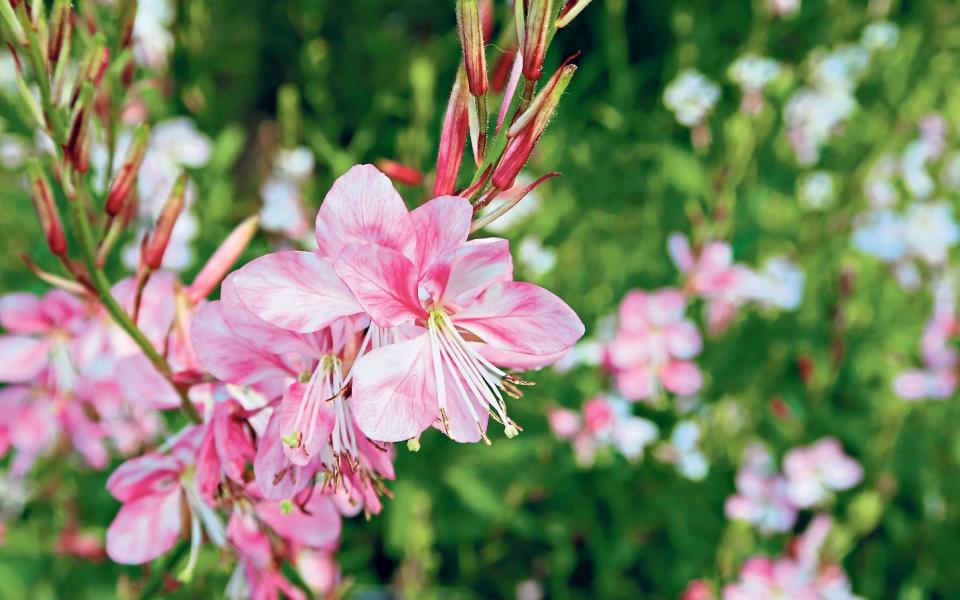
With delicate flowers on stems that spire above a clump-forming mat of foliage, these perennials, recently reclassified as Oenothera, are drought-tolerant and do not like to be moved, so make this a long-term thing.
Hoya wltm…
owners of conservatories
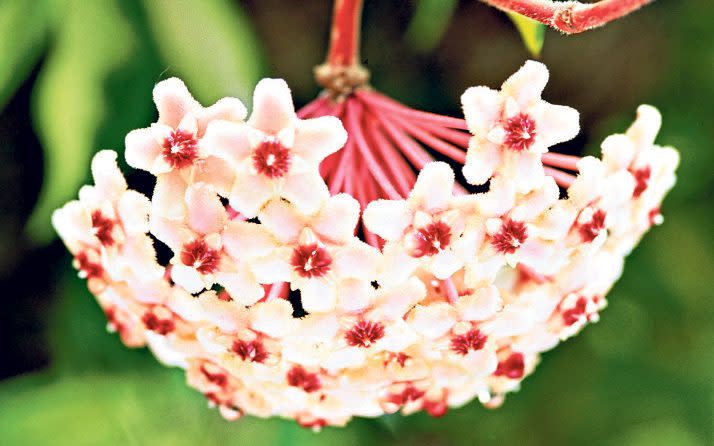
Beautifully scented and with a climbing or trailing habit, the hoya (or wax flower) will grow happily in hanging baskets or on shelves.
Papaver (oriental group) wltm…
owners of large gardens, orchards or wild spaces
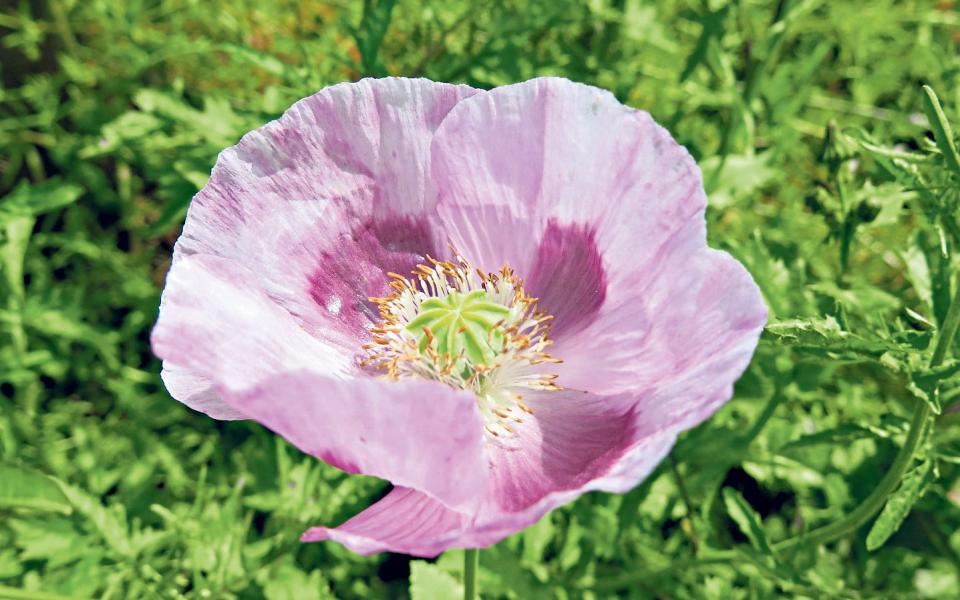
The big, blowsy oriental poppy is traditionally red, but breeding has led to white, pink, orange and purple saucer-shaped flowers that like to grow alongside other plants so long as they are the only large flowers on the plot.
Robinia wltm…
owners with plenty of space, or a group of owners

The largest of this year’s missing genera, the deciduous false acacia, or black locust tree, needs room to grow above 12m, and a spot in full sun. To form an NPC, you would need to have at least one of each of the 10 available cultivars, and Plant Heritage would be happy to consider a group effort formed by residents of one village or street, for instance.
Tradescantia wltm…
owners with indoor gardens, or raised beds and boundary walls
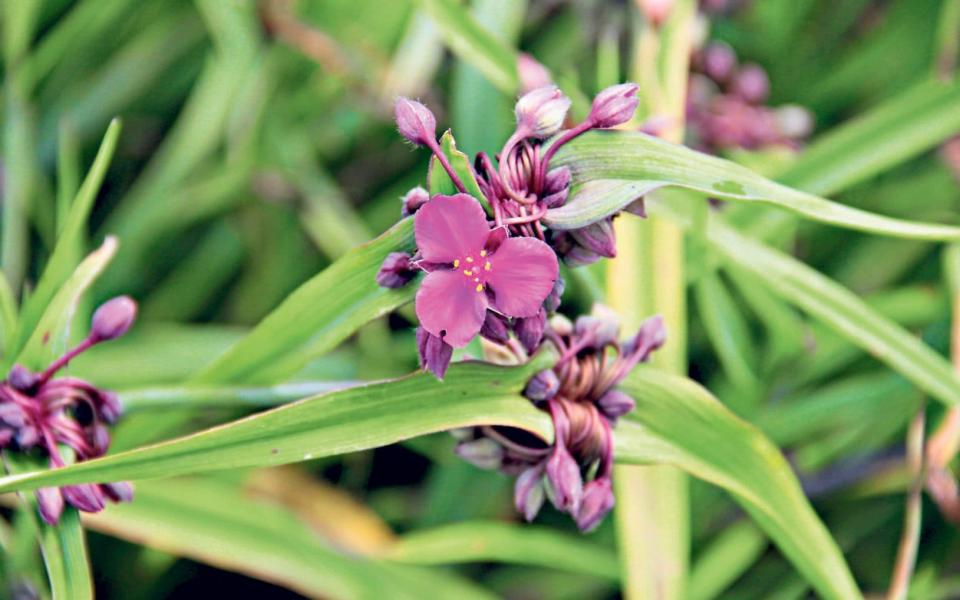
The tender, trailing tradescantia is mostly a foliage plant best grown indoors, while the hardy T. virginiana and hybrids are herbaceous flowering perennials that will form clumps over walls and the edges of raised beds. A collection of two halves, it could be shared between two holders.
To see more missing genera and find out how to visit a National Plant Collection or start one yourself, visit plantheritage.org.uk


